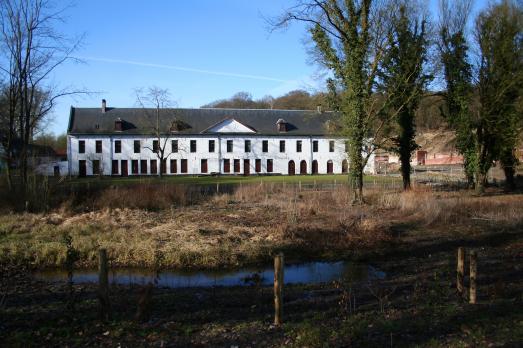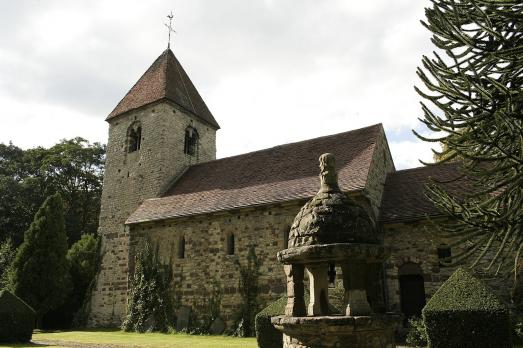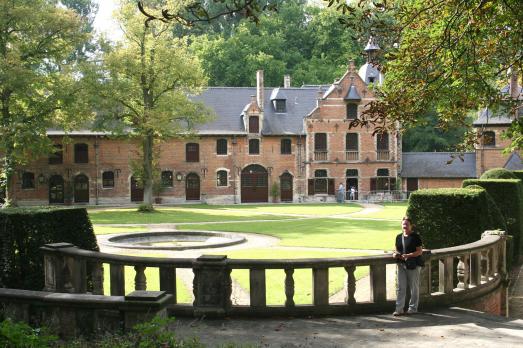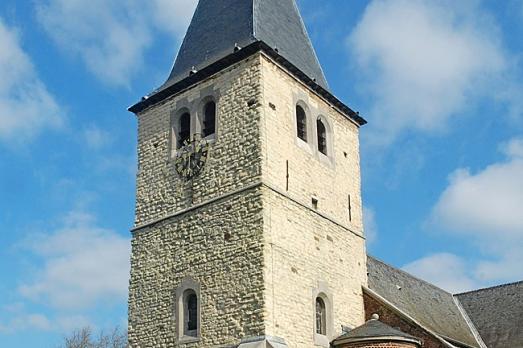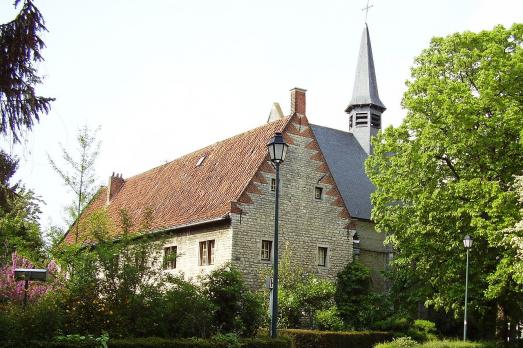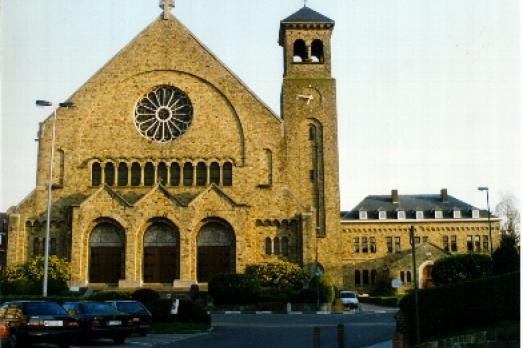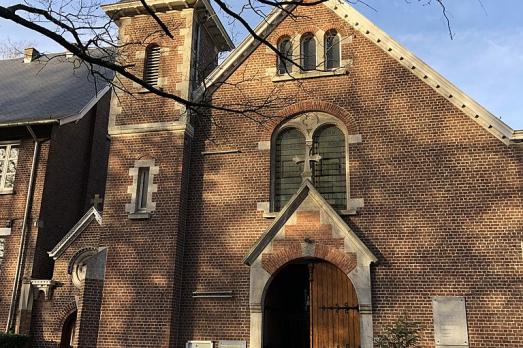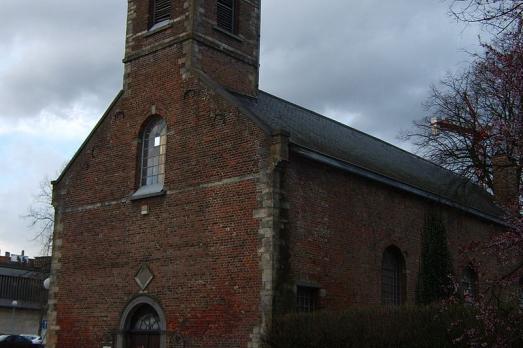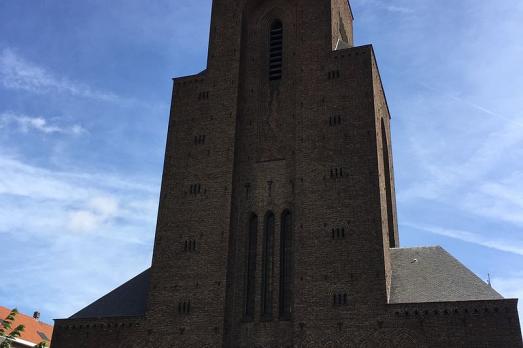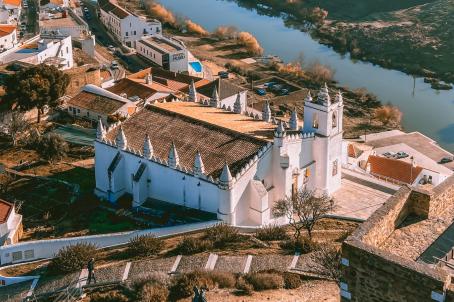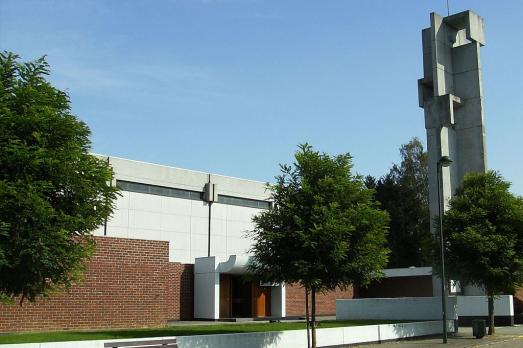
Our Lady of Blankedelle Church
Bruxelles, BE
Our Lady of Blankedelle Church is a modern style church built between 1968 and 1970. It is a Catholic parish for the Transvaal district. In the second half of the 20th century, a third parish church was needed in Auderghem, in a district that was undergoing a period of urbanisation. The Avenue des Héros, where the church was built, was created in 1955.
